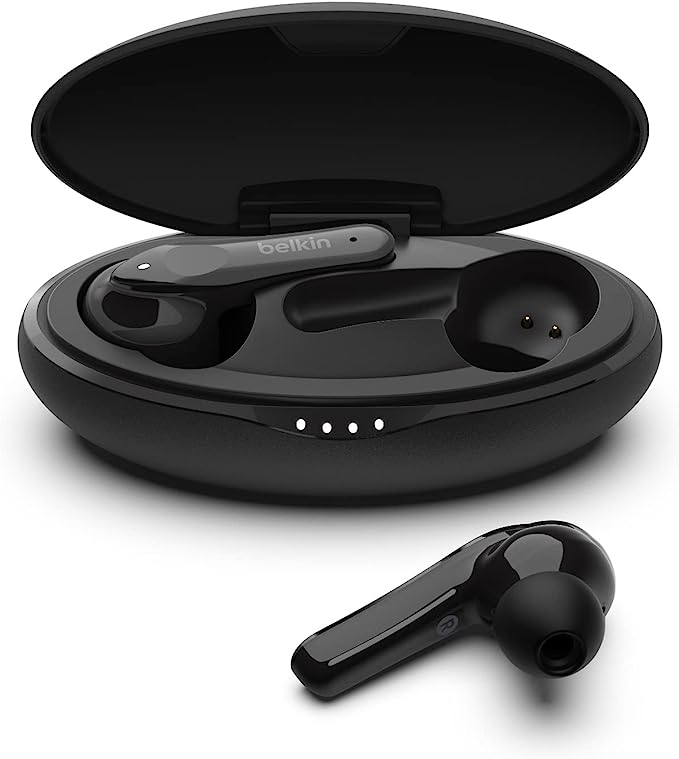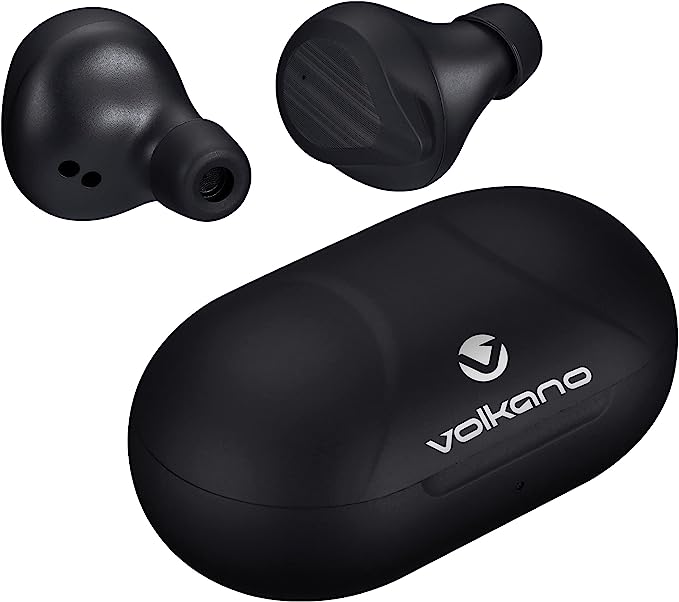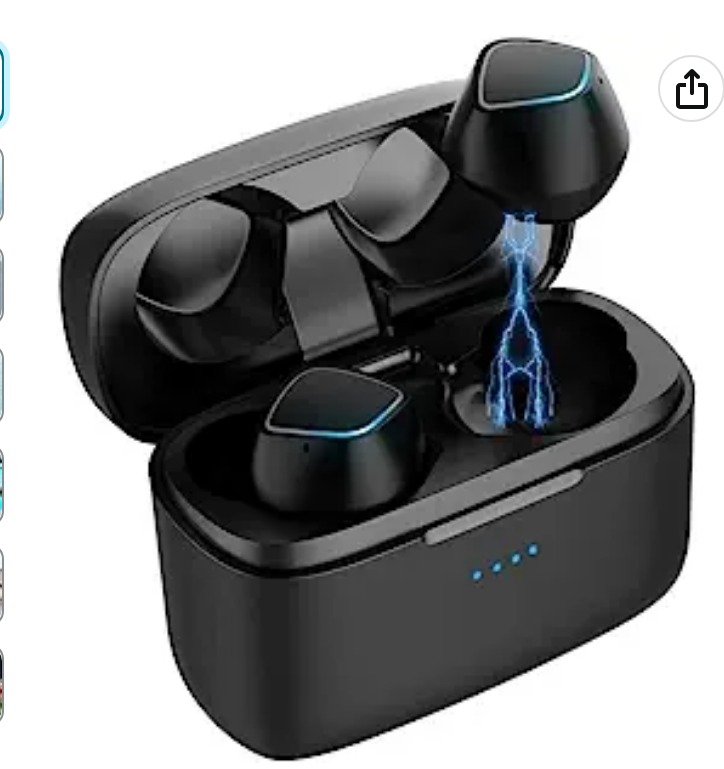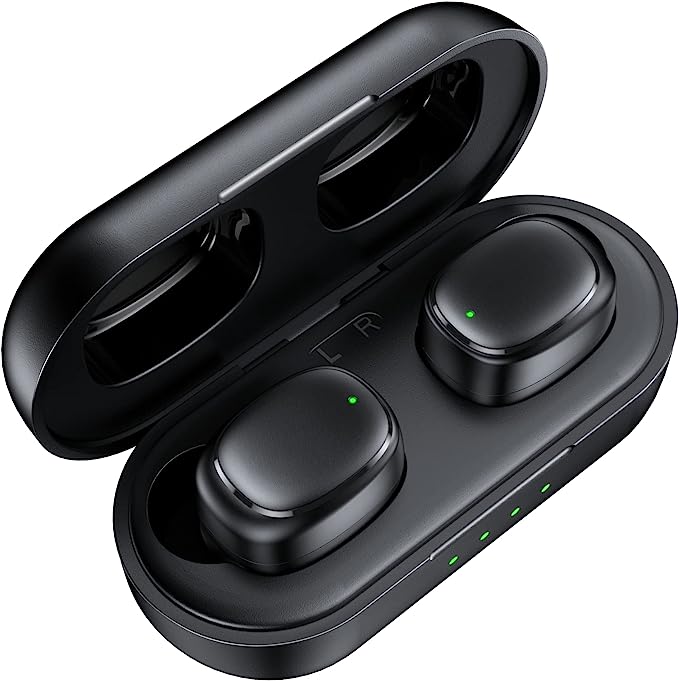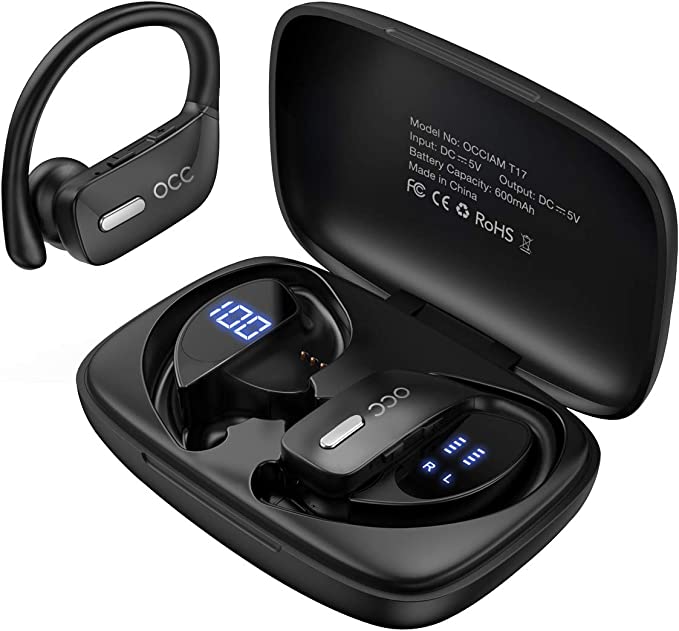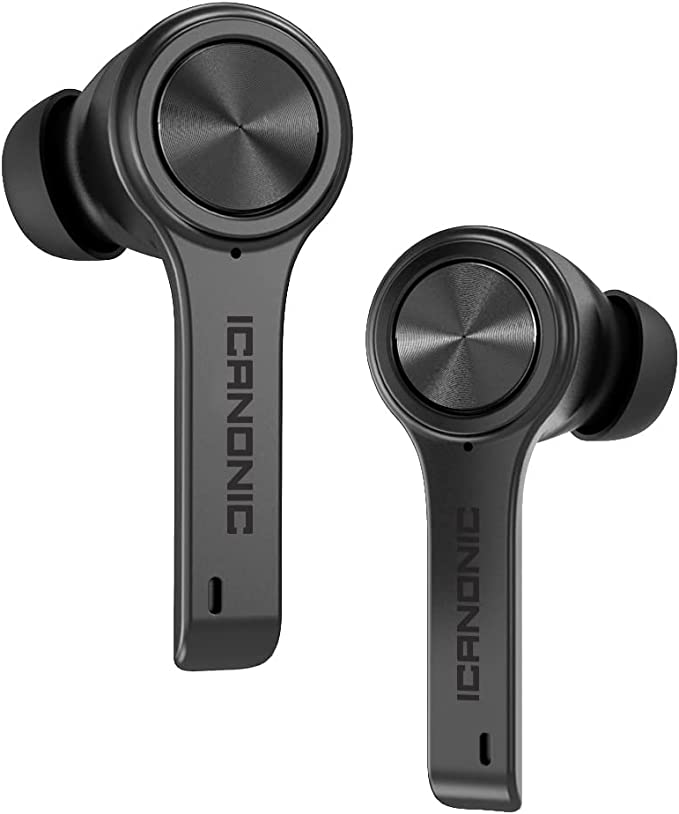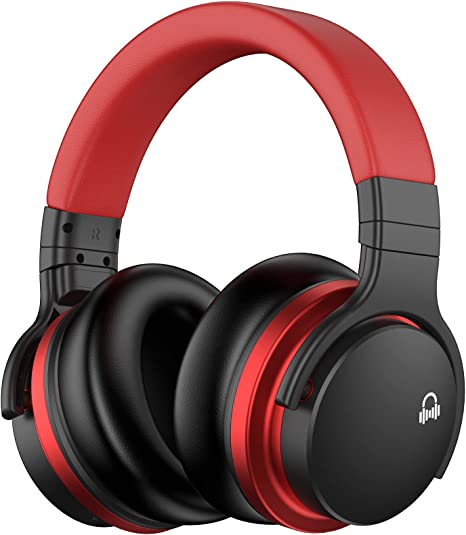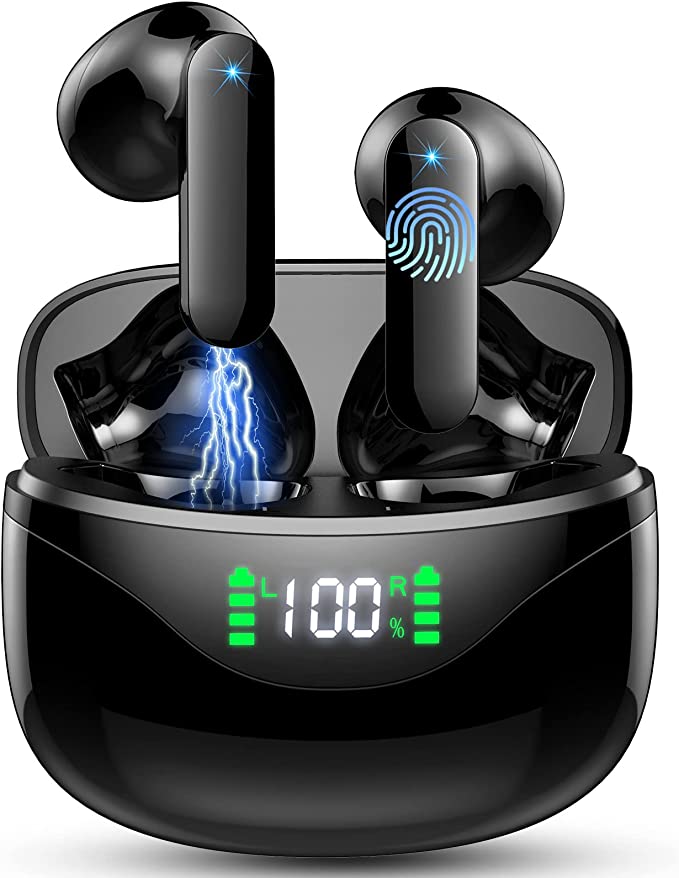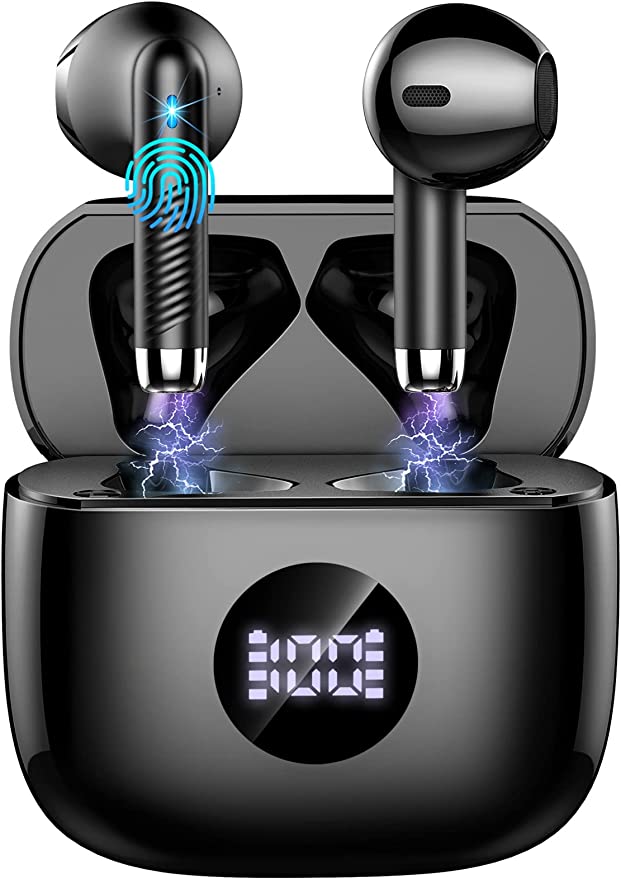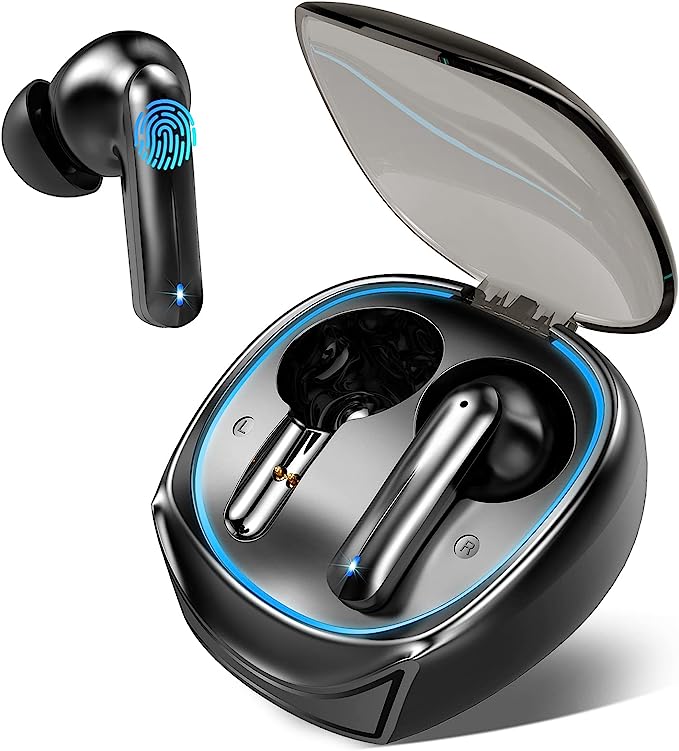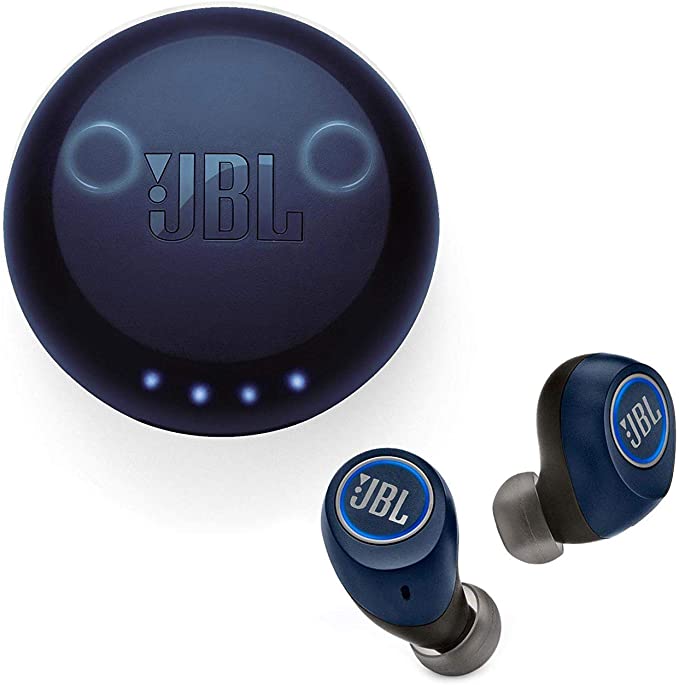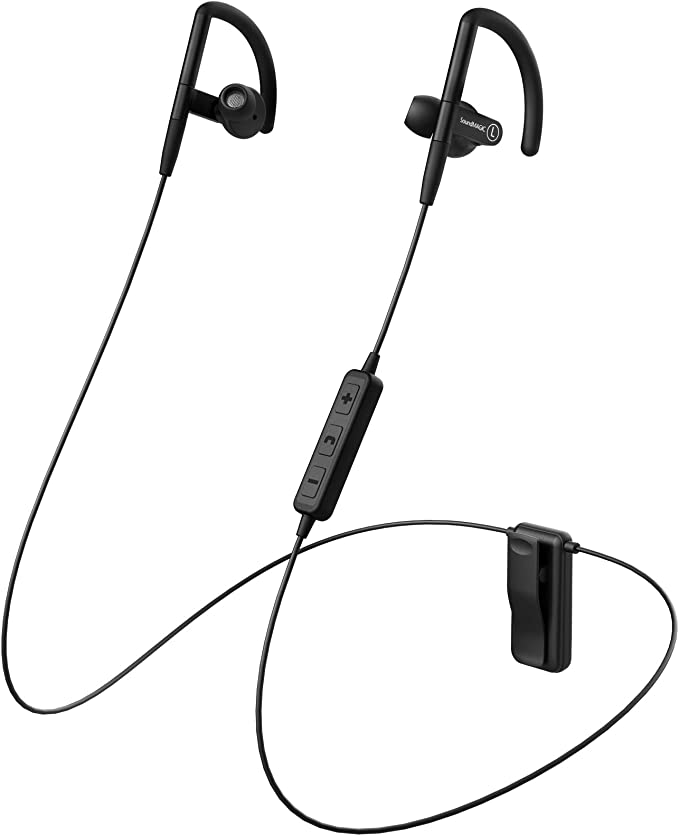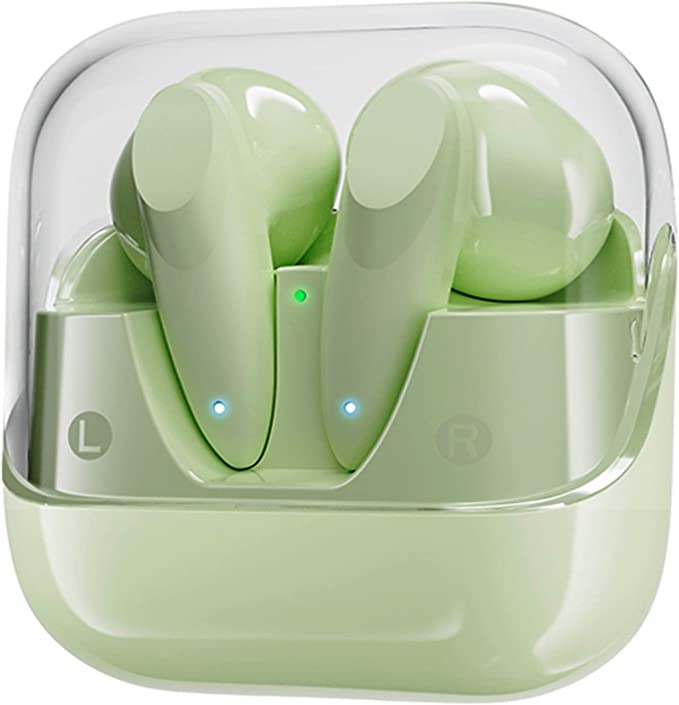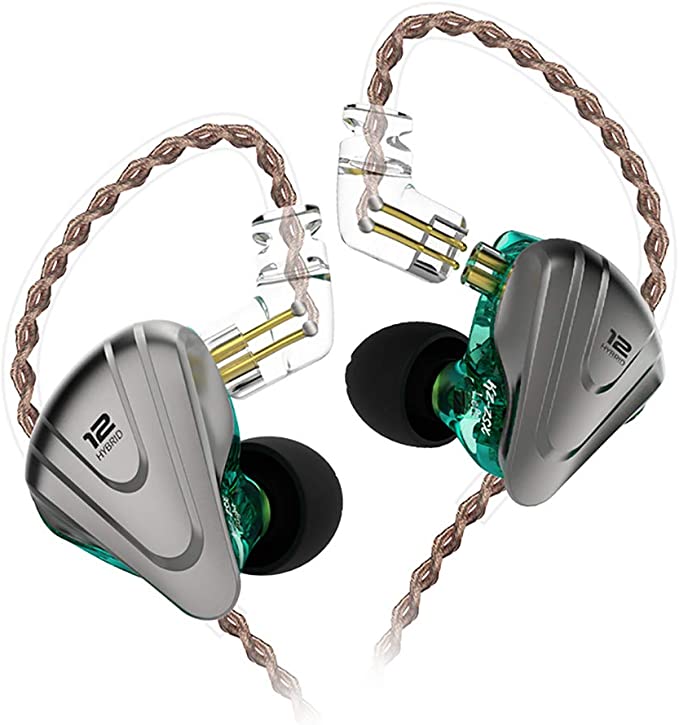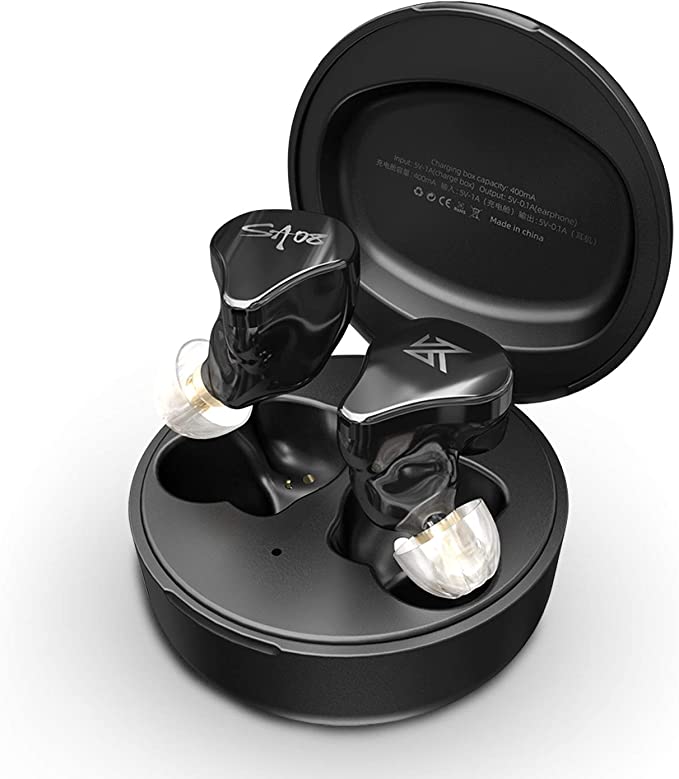How to Read an Earbud Spec Sheet: A Beginner's Guide to ENC, HiFi Drivers, and Bluetooth
Update on Oct. 30, 2025, 8:12 a.m.
Shopping for new wireless earbuds can feel like trying to read a secret code. Every product page is an alphabet soup of acronyms (ENC, ANC, TWS) and technical terms (titanium drivers, Bluetooth 5.0, Hall switch) that promise the world. But what do they actually mean for you?
This isn’t just another product page. This is a guide.
Welcome to your mentorship session on modern earbud technology. My goal is to decode that jargon for you. We’re not here to sell you something; we’re here to teach you why these features matter. By the end of this, you’ll be able to look at any earbud spec sheet and know exactly what it means for your music, your calls, and your daily life.
To make these concepts real, we’ll use a real-world example as a case study: the ACEFAST T6 wireless earbuds. We’ll look at its features, not as a sales pitch, but as a practical example of how this tech comes together.

1. The Battle for Quiet: Decoding ENC vs. ANC
This is, without a doubt, the most confusing part for most people. ENC and ANC sound almost identical, but they do two completely different, and equally important, jobs.
Let’s use a simple analogy: * Active Noise Cancellation (ANC) creates a silent “bubble” for you, the listener. * Environmental Noise Cancellation (ENC) creates a clear “spotlight” for your voice, so others can hear you.
Active Noise Cancellation (ANC)
ANC is designed for your listening immersion. It uses tiny, outward-facing microphones to listen to the constant, droning sounds of the outside world—think the hum of a plane engine, the rumble of a train, or the whir of an office fan.
The earbud’s chip then does something brilliant: it instantly creates an opposite sound wave (a “mirror image” of the noise) and plays it into your ear. These two waves—the noise and the anti-noise—collide and cancel each other out, creating a stunning silence.
Who is this for? Commuters, flyers, and anyone trying to focus in a noisy environment. It’s all about making your music or podcast the only thing you hear.
Environmental Noise Cancellation (ENC)
ENC, on the other hand, is not for your ears at all. It’s for your microphones.
Have you ever been on a call where the person on the other end sounds like they’re in a wind tunnel or a crowded café? That’s the problem ENC solves. Earbuds with ENC, like our ACEFAST T6 example, use a “software call noise reduction algorithm” and often multiple microphones (a “dual-mic” setup).
One microphone focuses on the sound of your voice, while the others listen to the environment around you (the “ENC” part). The chip then intelligently subtracts the environmental noise from your speech, isolating your voice and sending a much clearer signal to the person you’re talking to.
Who is this for? Anyone who makes phone calls or joins virtual meetings on the go. It’s a feature for the other person’s benefit, ensuring you sound professional and clear.
Key Takeaway: Don’t buy earbuds expecting ENC to silence the world for you. That’s ANC. Buy earbuds with ENC if you value call quality and want to ensure you’re heard clearly, no matter where you are.

2. The Invisible Connection: What Bluetooth 5.0 and a “Hall Switch” Really Do
The “wireless” in wireless earbuds is powered by Bluetooth. But the version of Bluetooth matters… to an extent.
You’ll see many numbers: 5.0, 5.2, 5.3, etc. It’s easy to get caught up in “newer is better,” but let’s be practical.
Bluetooth 5.0 (The Workhorse)
The ACEFAST T6 uses a “high computing power Bluetooth chip” with the Bluetooth 5.0 standard. Here’s what that actually means for you:
* Great Stability: This version was a massive leap forward in connection strength and reliability. It means far fewer annoying stutters or dropouts when your phone is in your pocket or backpack.
* Good Range: You can comfortably walk around your room or a bit further from your device without the connection failing.
* Efficiency: It’s power-efficient, which is crucial for helping those tiny earbud batteries last as long as they do.
What about newer versions (5.2, 5.3+)?
Honestly? For most users, the difference isn’t life-changing yet. Newer versions primarily add features like LE Audio (a new, more efficient audio codec) and Auracast (the ability to broadcast audio to multiple devices), which are still not widely supported by phones and apps.
The verdict: Bluetooth 5.0 is a rock-solid, reliable standard. It delivers a seamless, high-quality connection for music and calls without any fuss.
The Convenience Feature: The “Hall Switch”
This is one of those small, “quality-of-life” features you’ll never notice, but you’d miss if it were gone.
A Hall switch (or Hall-effect sensor) is a tiny sensor that reacts to magnets. In an earbud case like the T6’s, there’s a magnet in the lid and a sensor in the body.
When you open the case lid, the sensor detects the change and immediately tells the earbuds to turn on and start pairing with your phone. This is what enables “auto quick pairing.”
By the time you’ve lifted the earbud to your ear, it’s already connected. It’s the magic that removes the “turn on, go to settings, tap to connect” friction. It’s the difference between a good product and a seamless one.

3. The Soul of the Sound: Why a “Titanium Driver” Matters
We’ve covered quiet and connection. Now, let’s talk about the sound.
At the heart of every earbud is a “driver.” This is the tiny speaker, the “vocal cord” of the earbud, that vibrates to create the sound waves you hear. The material this driver is made of fundamentally changes the character of the sound.
Many earbuds use standard plastic or paper-like materials. The ACEFAST T6, however, specifies a “titanium dome composite membrane.” This isn’t just marketing; it’s a specific engineering choice.
Why titanium?
1. It’s incredibly rigid (or stiff).
2. It’s incredibly light.
This combination is the holy grail for audio engineers.
Because it’s rigid, the driver doesn’t “flex” or “wobble” (distort) when it has to reproduce high-frequency sounds at high volume. This means you get clearer, more detailed highs. Cymbals shimmer instead of “hissing,” and vocals have more presence and clarity.
Because it’s light, the driver can move back and forth extremely quickly. This is key for transient response—the ability to reproduce sudden, sharp sounds. This translates to punchy, tight bass. The “thump” of a kick drum feels immediate and impactful, not boomy or muddy.
The “composite” part simply means it’s a blend of materials, designed to get the best of all worlds—perhaps the stiffness of titanium combined with the warmer properties of another material. This is how engineers “tune” the final sound signature.
When a product, like the T6, claims “HiFi stereo sound” and a “shocking low frequency experience,” it’s this choice of a rigid, fast-moving titanium driver that’s doing the heavy lifting.

4. The Daily Essentials: Battery, Charging, and Controls
Finally, let’s talk about the practical features that decide whether a device fits into your life or becomes a frustration.
Battery Life: Two Numbers to Know
You’ll always see two numbers for battery life:
1. Playback Time: This is how long the earbuds last on a single charge. The T6 is listed at 4-5 hours. This is a solid, average duration—more than enough for a workout, a movie, or a few commutes.
2. Total Time (with Case): This is the real-world number. The T6 case extends this up to 20 hours. This means you can get 4-5 full recharges from the case before the case itself needs to be plugged in. You’re not charging your earbuds every night; you’re charging your case maybe once a week.
The “Lifesaver” Feature: Fast Charging
This is, in my opinion, more important than total battery life. The T6 specs note that 10 minutes of charging gives you 1.5 hours of use.
This is the “Oh no, I forgot to charge my earbuds” feature. You plug them in while you’re brushing your teeth and finding your keys, and by the time you’re out the door, you have enough power for your entire commute.
Information, Not Anxiety: The LED Display
There is nothing worse than the “low battery” beep of death. The best way to combat this “battery anxiety” is with information.
A feature like the “accurate LED display” on the T6’s translucent case is fantastic. It physically shows you the remaining battery percentage of the case and the charging status of each individual earbud. You are never left guessing.

Controls and Comfort
Look for features that make the experience frictionless.
* Touch Control: This is the modern standard. Tapping your earbud to play/pause, skip tracks, change volume, or answer calls (as seen on the T6) is far more convenient than fumbling for your phone.
* Ergonomic Fit: An earbud is useless if it’s painful or falls out. This is why good models always include multiple ear tip sizes (the T6 comes with three) to ensure you get a comfortable fit and a good “seal.” That seal is also critical for good bass response and passive noise isolation.
* Water Resistance: You don’t need your earbuds to be submarines, but sweat and rain are real. A “waterproof” or “splash-proof” rating (often IPX4 or higher) means you can work out or get caught in the rain without worry.


Your Graduation: You’re No Longer a Beginner
Let’s review what we’ve learned.
That “alphabet soup” of features isn’t so scary anymore. You now know that ENC is for clear calls, while ANC is for silent listening. You know that Bluetooth 5.0 is a reliable workhorse and a Hall Switch makes pairing instant. Most importantly, you know that the materials in a driver, like titanium, directly create the sound quality—stiffness for clear highs, and lightness for fast bass.
You’re now equipped to be an informed consumer. Whether you’re looking at the ACEFAST T6 or any other model on the market, you can read the spec sheet and understand, on a deep level, what it really means for your experience.

